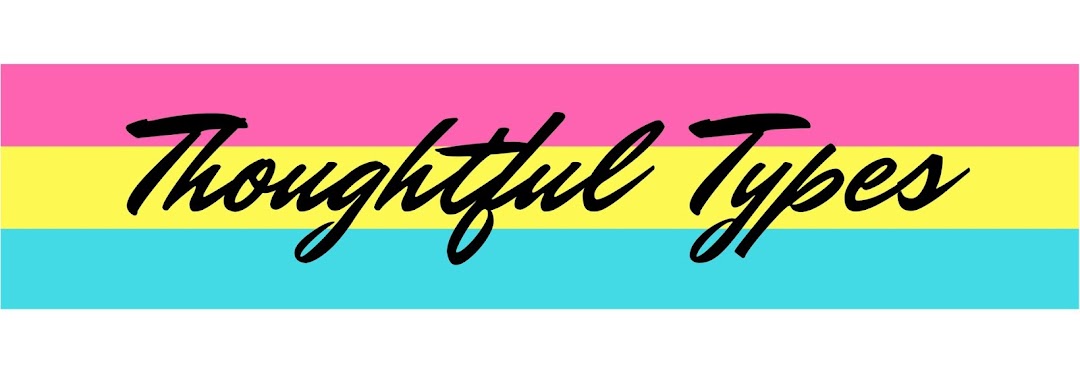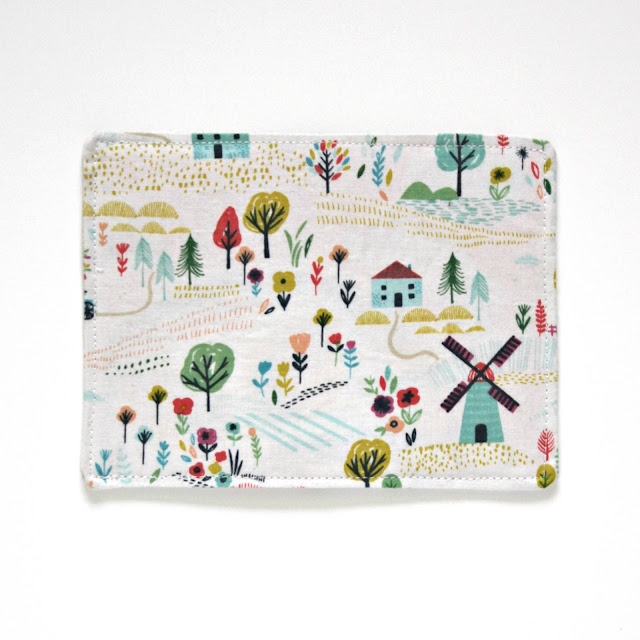I am so delighted to be asked back to be a part of Sew Crafty online shops Design Team again. Chosen to create projects using supplies from their fabulous shop. For my main project I chose to make a pinafore tunic dress using Sew Me Something’s ‘Beatrice’ pattern with denim fabric, I also made two smaller projects; an infinity scarf from jersey and lace and an upcycled lamp using a pattered cotton fabric. Doing these projects has definitely reignited my love of sewing after a long break.
The ‘Beatrice’ pinafore dress
I saw the Sew Me Something ‘Beatrice’ pattern on Sew Crafty’s Online shop and it appealed to me straight away. It looked like it would be a really comfortable garment, perfect to wear over pyjamas clothing to get busy crafting in.
I debated about which fabric to make the pinafore in, I couldn’t decide between linen or denim. Eventually I picked a medium denim, because I thought the thickness would make it more hardwearing, and it wouldn’t need to be ironed as much. The pockets are also a great size for keeping bits and bobs in such as tape measures and chalk etc. They fit a phone perfectly too.
I have a very care free (alright lazy) sewing style and am not very good with following patterns and being precise. I usually prefer to wing it when making a garment but when I do plan on making something using a pattern I look for easy to follow instructions and simple pattern pieces. The ‘Beatrice’ pattern ticked both boxes. The pattern would even suit beginners, as it has straight forward instructions and no complicated techniques are needed.
The paper pattern itself was also simple to cut out.
I used a dark blue binding I had already to cover the upper edge of the pockets, there are loads of bindings to choose from on Sew Crafty Online. A contrasting colour of binding could make the pockets stand out.
Half way through sewing the pinafore I decided to unpick most of it to do a double hem around the edges as I was worried they would fray with just a single hem. Overlocking or shearing with pinking shears the edges are other options you could try.
The crossover back.
I found the most difficult aspect of sewing the pinafore was hemming the curves of the back pieces and the pockets. There is definitely a knack to hemming a curved edge! Ironing the curved edges over first helped a lot. With a bit of trial and error, unpicking, ironing and pinning I got the hang of hemming a curve. Phew!
Overall, I am very pleased with the result of the pinafore. It is a very comfortable garment to wear, I thought it might feel a little heavy but it doesn’t at all. There are no zips or buttons to bother with, just put it over your head and put your arms through, easy on and off. I can see myself wearing it often.
I would definitely recommend trying the ‘Beatrice’ pattern and using medium denim as it was very easy to sew, just enough stretch in it, hardwearing but not stiff or heavy, really comfortable.
Infinity Scarf
This month I’ve also had a go at making an Infinity Scarf out of Jersey and Lace. I followed a tutorial on Youtube and I managed to whip it up quite quickly. I love the colour of the jersey and absolutely adore the black lace, its gorgeous.
I was little nervous sewing with lace for the first time but it was actually a joy. The only tricky part was hand sewing the three inch gap that I used to pull the fabric through the right way at the end.
My tip would be to try and make sure when cutting pieces of lace to avoid parts of the lace with large holes. You could hem the lace first so you sew through two layers of lace to make it feel sturdier. I plan on making a few more infinity scarfs, they are nice to give as gifts too.
Upcycled lamp
I also upcycled a lamp using a lovely fabric called Blend Folk Music Melody Collection Chimes Blue which is actually under half price right now (only £2.50 per half metre, was £6.04) in Sew Crafty’s shop. No sewing was required for this project, just cut out enough fabric to cover the shade and leave an extra inch to fold over the edge and glue, done!
Please check out my fellow Design Team members projects using the hashtag #scdesignteam on Instagram. They are so talented. I would love to hear any feedback on my projects or hear about any projects you are doing in the comments section.













































